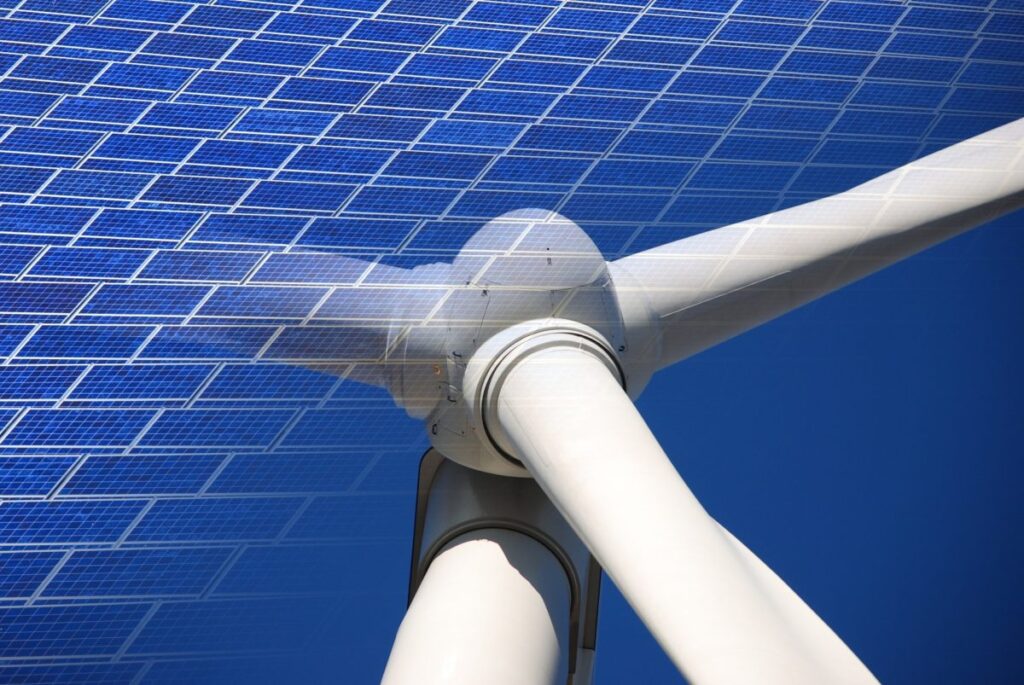Texas has enough solar and wind planned to permanently shut down coal

Texas could meet the state’s energy needs by replacing coal with a fraction of what is proposed in solar and wind, according to Rice University researchers.

A research team at Rice University is modeling least-cost paths to a renewable energy future for Texas, a state that burns more coal and emits more sulfur dioxide than any other. The myriad of health and climate-related harms caused by coal do not need to persist any longer, according to the researchers.
The research team found that just a third of the wind and solar projects proposed to the Electric Reliability Council of Texas (ERCOT) by June 2020 could replace almost all of the state’s coal generation. Since June 2020, dozens of those projects have been built, and the queue of proposed solar projects has doubled.
“It’s almost always windy or sunny somewhere in Texas,” said Daniel Cohan, an environmental engineer at Rice University’s George R. Brown School of Engineering.
Cohan performed an analysis of peaks in production from West and South Texas renewable resources and suggested that the state’s power production can be made more reliable by adjusting where and when those resources are deployed. As a least-cost path, the model showed that 72 of the 108 wind projects, and 42 of the 262 solar projects proposed in queues could replace most coal in ERCOT. This would leave about 10% of coal output uncovered at certain seasons, and generating a surplus of energy at times of peak solar and wind harvest. Previous work by Rice researchers has shown that wind and solar power are generated at complementary times, with west Texas winds blowing most strongly at night, south Texas sea breezes peaking on summer afternoons, and solar power peaking midday.
“Even with complementary siting, there will still be hours when the sun isn’t shining and the wind isn’t blowing,” Cohan said. “Historically, the main challenge has been summer afternoons when air conditioners are running full blast, and the occasional deep freeze. Solar and coastal winds perform well during summer peaks, but can have lulls on some evenings when we’ll need something else to kick in.”
Generation mix shift
The state of Texas has no clean power mandate, and as a deregulated territory, market forces determine the competition between energy sources. ERCOT is largely independent of other US and Mexico power grids, said the report, with little opportunity for wholesale trade with other system operators. Due to this, any retiring of fossil fuel capacity must be met directly with new clean energy generation.
In 2019, the generation mix for ERCOT was 47% natural gas, 20% coal, 20% wind, 11% nuclear, and 2% solar and other. Coal consumption reached its peak for ERCOT in 2011 at about 110,000 tons of coal burned in the year. That number has come down considerably to about 61,000 tons in 2021. ERCOT processed 14GW of utility-scale solar interconnection requests last year, so the generation mix profile is set to fundamentally change.

Image: EIA
Bottlenecks
The challenge in Texas as many other parts of the US are transmission lines: An expansion is needed to connect the sunniest and windiest parts of the state to the cities.
“In Texas, that’s the biggest bottleneck slowing the growth of wind and solar,” Cohan said. “The bipartisan infrastructure bill that passed last year is a good start, but doesn’t have nearly enough funding for transmission. Also, by not connecting to other grids, Texas has missed out on opportunities to sell surplus wind and solar power to other states.”
A large capacity of coal plans were retired in Texas in 2018, and many ran on limited capacity during the February winter storms that cut power to much of the state earlier that year. Cohan said that natural gas peaker plants will still be needed for the time being to address extreme weather events. However, a report by the Federal Energy Regulatory Commission and the North American Electric Reliability Corporation found that issues with the natural gas supply caused 87% of the outages during the February storm, as wells and pipelines froze, and uninsulated gas plants failed to function.
As for coal, Cohan believes the end of days are here. “I think none of the power companies want to run coal plants long-term,” Cohan said. “They’re dirtier and costlier to operate than building wind and solar projects from scratch, and most utilities companies now have plans to reach net-zero carbon emissions by 2050, if not before.”
From: https://pv-magazine-usa.com/2022/03/22/solar-and-wind-projects-could-eliminate-coal-in-texas/

